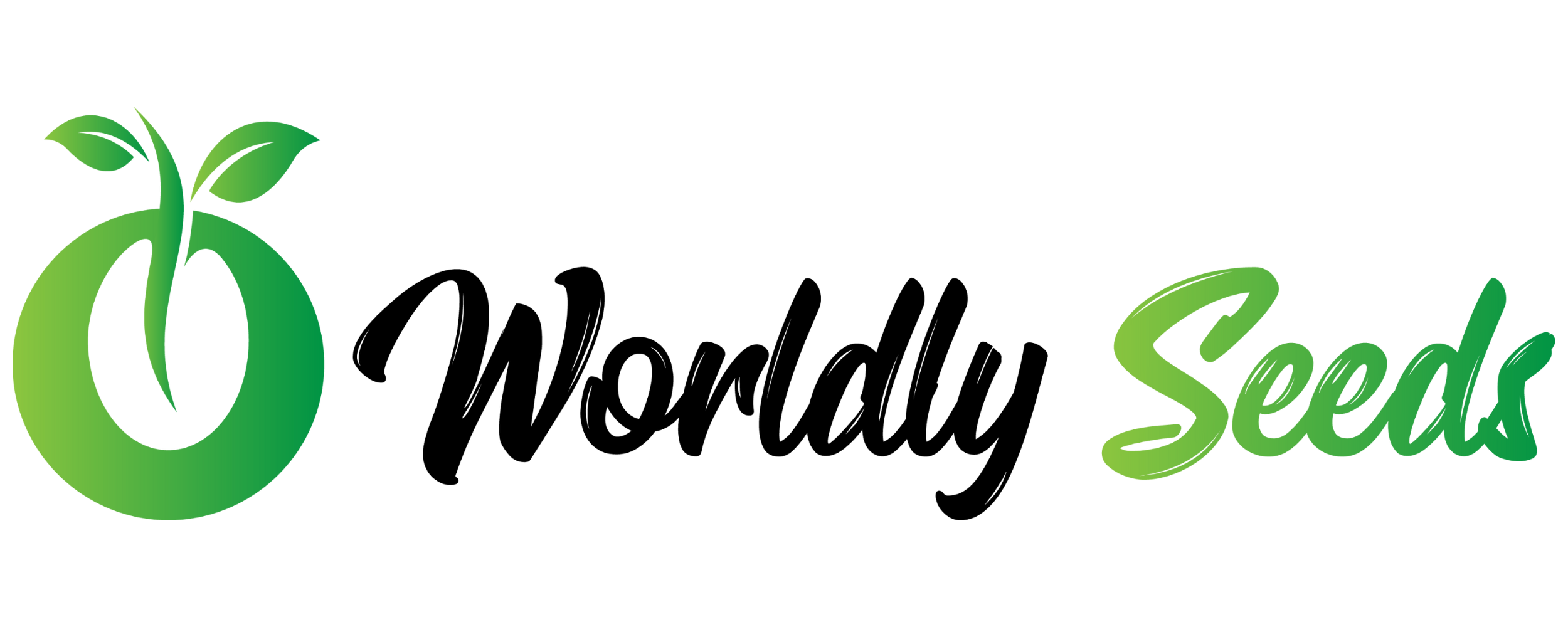
Kale is a leafy green vegetable known for its rich nutrient profile and resilience in various growing conditions. With its dense leaves and slightly bitter flavor, kale has become a popular choice for home gardens and farms. Originally part of the cabbage family, kale thrives in cooler weather, making it ideal for seasonal gardening. There are multiple types, each with unique traits in color, flavor, and growth patterns. Kale seeds are available in different variants, making it easy for gardeners to find a type that suits their climate and taste preferences.
Different Types of Kale Seeds
Kale offers a variety of types suited for different climates and culinary uses. Here’s a list of all the different types of kale seeds:
- Curly Kale
- Lacinato (Dinosaur) Kale
- Red Russian Kale
- Siberian Kale
- Premier Kale
- Redbor Kale
- Winterbor Kale
- Scarlet Kale
- Chinese Kale
- Thousand Head Kale
Where to Buy Kale Seeds
For high-quality kale seeds, we recommend these reputable U.S.-based sellers:
- True Leaf Market: Known for organic seeds, offering diverse, high-quality options.
- Everwilde Farms: Specializes in heirloom varieties, including non-GMO options.
- Sow Right Seeds: Offers a diverse selection of seeds for varied climates.
- Home Grown Seeds: Provides quality vegetable seeds with detailed instructions.
- Survival Garden Seeds: Specializes in seeds for resilient growth.
- Gardeners Basics: Focuses on essential gardening seeds for all skill levels.
- Burpee: Trusted source with a wide range of vegetable seeds.
Benefits of Growing Kale
Growing kale offers a variety of advantages, from environmental benefits to health rewards:
- Requires minimal maintenance
- Thrives in cool climates
- Adds visual appeal with vibrant leaves
- Offers multiple harvests in one season
- Provides fresh, nutritious leaves
- Attracts beneficial pollinators
- Versatile in culinary use
- Enhances soil health
- Suitable for container gardening
- Long harvest season
Health Benefits of Kale
Incorporating kale into your diet can boost overall wellness with its rich nutrient profile:
- High in vitamins A, C, and K
- Contains antioxidants to combat inflammation
- Supports bone health
- Improves heart health
- Aids in digestion
- Boosts immune system
- Helps regulate blood sugar
- Promotes healthy skin
- Aids in weight management
- Supports eye health
How to Grow Kale Seeds Indoors
Each kale variety has its unique growing guidelines, and the sellers listed provide detailed instructions. Here are some general steps for starting kale indoors:
- Choose Containers: Opt for pots with drainage holes to prevent root rot.
- Use Quality Soil: Fill containers with nutrient-rich, well-draining potting mix.
- Plant Seeds: Sow seeds about ½ inch deep, spaced 2 inches apart.
- Water Consistently: Keep the soil moist but not soggy.
- Provide Light: Place in a sunny location or use grow lights for 6+ hours of light.
- Maintain Temperature: Keep the area around 60-70°F for best results.
- Thin Seedlings: To avoid overcrowding Once sprouting, thin to 1 plant per pot.
- Fertilize Lightly: Use a balanced liquid fertilizer biweekly.
- Monitor for Pests: Check plants for pests and address them as needed.
- Transplant if Needed: Consider moving plants to larger pots or outdoors once plants are established.
How to Grow Kale Seeds Outdoors
Each type of kale has specific outdoor requirements, and our recommended sellers provide comprehensive guides. These general tips can help you get started:
- Select a Sunny Spot: Choose a location with full sun to partial shade.
- Prepare the Soil: Enrich the soil with compost for optimal growth.
- Direct Sow Seeds: Plant seeds ½ inch deep, spaced about 2 inches apart.
- Water Regularly: Keep soil moist, especially in the early stages.
- Apply Mulch: Use mulch to retain moisture and prevent weed growth.
- Thin Seedlings: Thin plants as they grow to provide space for air circulation.
- Fertilize Sparingly: Apply a balanced fertilizer for strong leaf growth.
- Weed Regularly: Remove weeds to minimize competition.
- Use Pest Control: Employ organic pest management methods.
- Harvest as Needed: Pick leaves as they mature, ensuring continuous growth.
About Worldly Seeds
Worldly Seeds was once a seed store, but we’ve since shifted our focus to help people start an online seed store business. While we enjoyed selling seeds, our travel-centric lifestyle made it challenging to manage a physical store. Instead of selling directly, we now provide resources on where to buy quality seeds and tips on growing, harvesting, and caring for them. Our seed business venture brought us nearly $250,000 in two years, allowing us to live our dream life, and we want to help others do the same. Though we no longer sell seeds, we’re here to support your gardening and business goals.
